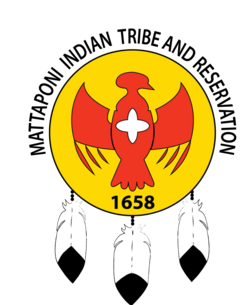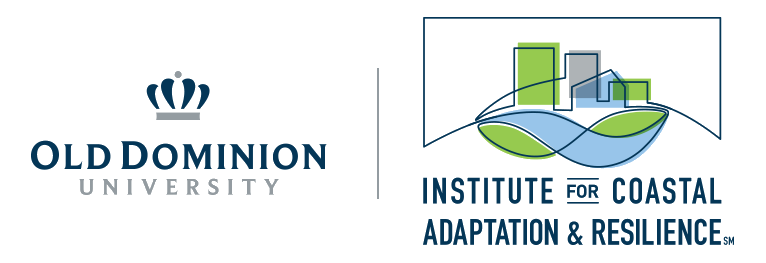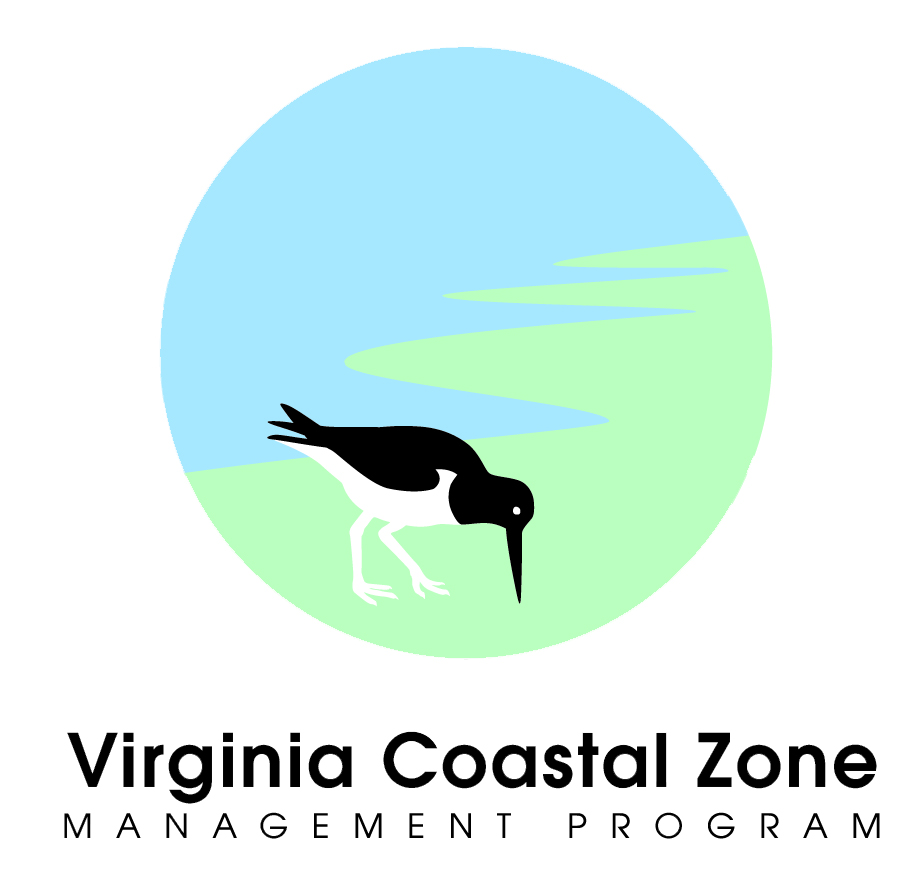Mattaponi
 Mattaponi Indian Tribe and Reservation
Mattaponi Indian Tribe and Reservation
Mattaponi Indian Tribe and Reservation
Excerpts of the Mattaponi Indian Tribe and Reservation's history webpage appear below:
"The Mattaponi Tribe is state-recognized and continues to maintain its own sovereign government.
The Mattaponi Indian Reservation was created from land long held by the Mattaponi by an act of the General Assembly in 1658, making it one of the oldest reservations in the country. Through the years both the Reservation’s physical size and the number of tribal members have diminished. The reservation presently encompasses approximately 150 acres, a portion being designated as wetlands. Although the tribal roll numbers 450 people, only 75 actually live on the Reservation.
The Reservation sits on the banks of the Mattaponi River, one of the most pristine rivers in the eastern United States. Facilities on the Reservation today include living quarters, a Baptist Church, a Museum, a Trading Post, a Fish Hatchery, a Marine Science Center, and a Community Tribal building that was formerly the Reservation school.
Contemporary Mattaponi tribal life is still based deeply in the traditions of our ancestors, such as being faithful to our treaties and living in harmony with the natural world, while at the same time we have adapted to an ever-changing life in the Tidewater Virginia."
Mattaponi Indian Tribe and Reservation's Scorecard
Mattaponi Indian Tribe and Reservation's Resilience Action Checklist
 Upper Mattaponi Indian Tribe
Upper Mattaponi Indian Tribe
Upper Mattaponi Indian Tribe
In 1608, Captain John Smith identified the village of the Passaunkack at the location of the present-day Upper Mattaponi. In 1676, the August Hermann Map shows several Indian houses along the Upper Mattaponi River directly at the location of the Upper Mattaponi people, identifying the region as Indian land.
The oldest surviving King William County records dated 1885 list non-reservated Indians bearing the surname Adams living in a settlement known as Adamstown. The name most likely originated with James Adams who severed as an official interpreter between the British and Indians living in this area between 1702 to 1727. The Adamstown band became officially known as the Upper Mattaponi Indian Tribe in 1921.
Today the Upper Mattaponi has begun to reclaim a portion of the land once owned by the Upper Mattaponi people. We are a proud and humble people of strong character and values, with much optimism and hope for the future. The Tribe was officially recognized by the Commonwealth of Virginia on March 25, 1983 and acquired Federal acknowledgement on January 18, 2018.
Upper Mattaponi Indian Tribe's Scorecard

.png)



